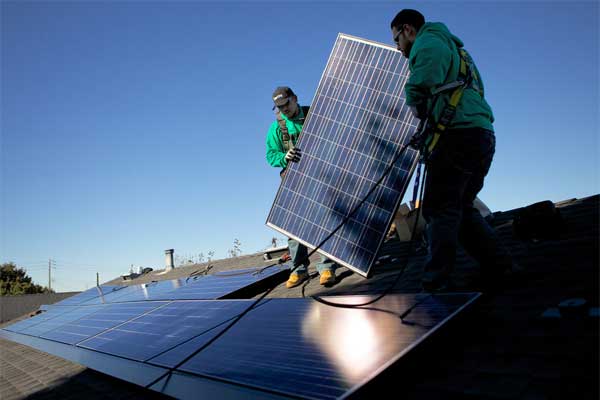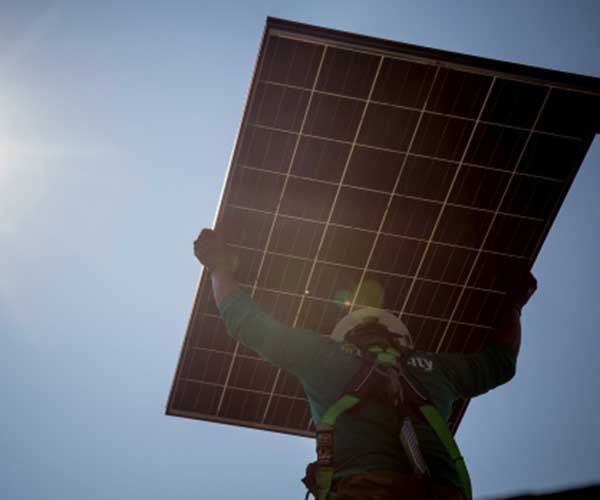The U.S. is now home to more than 2 million solar installations, and that number is expected to double by 2023, according to Wood Mackenzie Power & Renewables and the Solar Energy Industries Association (SEIA).
Solar energy has boomed in the U.S. over the last decade thanks to rapidly falling prices on the technology, state mandates that require utilities to source large amounts of renewable energy and a federal tax credit worth 30 percent of the cost of a system.
California represented 51 percent of the first million installations but accounted for 43 percent of the second million. This is in large part due to a growing residential sector that is rapidly diversifying across state markets.
South Carolina, for instance, was an emerging market in 2016 with 1,160 cumulative installations.
Today, the state is home to more than 18,000 solar systems and is expected to add 22,000 systems over the next five years.

Tesla Looks to Regain Its Luster in Solar Energy by Slashing Prices (The New York Times)
Other fast-growing states over the last three years include Texas, Utah, Florida, Rhode Island, and Maryland, which combined have grown from around 50,000 installations to more than 200,000.
Looking ahead, Illinois will see cumulative installations increase from 4,000 today to nearly 100,000 by 2024. While California will continue to lead the nation in installations, the remaining top 10 state markets will see faster growth. Nearly 750,000 installations are expected in those markets over the next 5 years, compared to 500,000 installations over the last 5 years.
Solar installations in the U.S. now produce enough electricity to power more than 12 million homes and is estimated to be a USD $17 billion industry.
Abigail Ross-Hopper, the CEO of the SEIA, said that the organization believed “that the 2020s will be the decade that solar becomes the dominant new form of energy generation.”
For its part, Wood Mackenzie is forecasting that installations will reach 3 million in 2021 and 4 million in 2023.
—-
Timeline of events
2016 – the United States hits first million solar installations, a milestone 40 years in the making
2019 – the United States tops two million installations, just three years later
2023 – the United States will surpass four million solar installations


















Comments